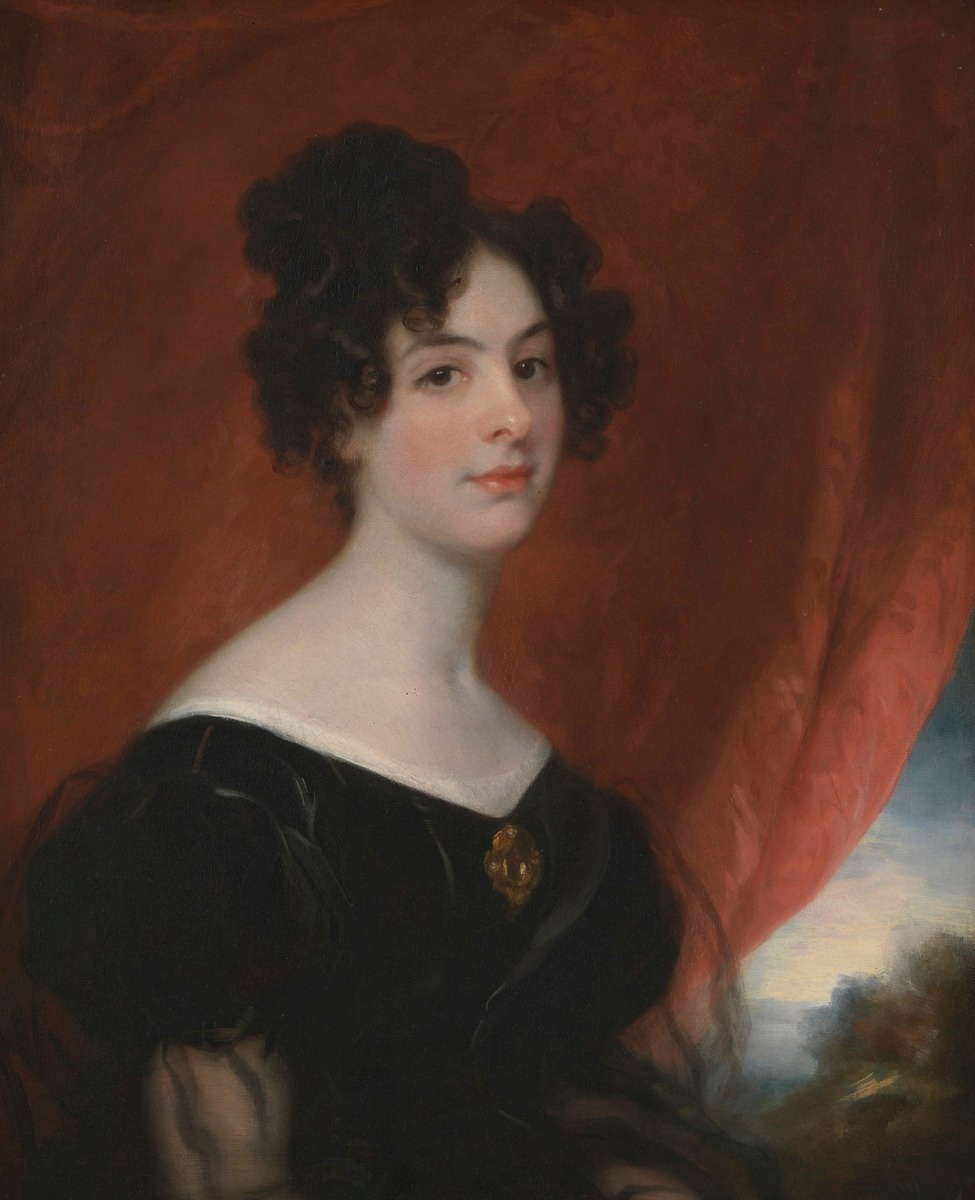I have been thinking quite a lot about an oddly widespread trope that crops up regularly in many British sources roughly stretching from the 1760s until the late Regency:
’Tis a very fine portrait, and very like.
The watercolour painter, printmaker and author William Henry Pyne (1770–1843), who published under the bizarre pseudonym of Ephraim Hardcastle, was well aware of it too. Sketching a semi-historical vignette in a long article for Fraser’s Magazine for Town and Country (“The Greater and Lesser Stars of Old Pall Mall,” June 1841), Pyne imagined the late Prince of Wales (King George IV) dining with a group of gentlemen at Carlton House in London, and commenting on a caricature of the Duke of Norfolk by James Gillray. “It really is,” said the Prince, “a masterly portrait, and very like.”
According to this formulation the quality of a portrait and the accuracy of the likeness are two separate things. I wonder if this should sound a good deal more familiar to us than it might otherwise sound where we sit half way through the second decade of the twenty-first century; but doesn’t it also strike us as ineffably strange? Writing from Poundisford Park in Somerset to his son and namesake, a young Grand Tourist temporarily residing in Rome, Ralph William Grey could remark of his son’s portrait by Pompeo Batoni that it is “a very good portrait, and very like you.” I seem to recall a similar formulation crossing the lips of an especially garrulous character somewhere in Jane Austen, so it is safe to say that this figure of speech was widespread. But was it taken seriously, and should we also?
There are grounds for caution. Pyne has the Prince of Wales utter the phrase at a time when the Prince’s posthumous reputation could not have sunk lower, and in relation to an object that was demonstrably not a portrait, or at least not a portrait as the term was ranked among the hierarchy of genres in the Royal Academy of the 1840s, or indeed at any time immediately prior to, during, or after the Regency.
In other words, you could argue that Pyne was actually mocking the formulation of “a masterly portrait, and very like,” regarding it in something of the same light as those silly pairs of eyes that follow you around the room. This latter is one of the strangest art clichés that still circulates endlessly – and I heard it again yesterday uttered by someone who really ought to know better. The non-illusion of eyes in a portrait that “follow you around a room” arises from somewhat muddled expectations about how a two-dimensional image might behave when seen from different angles across or through three-dimensional space. Provided the image is not a hologram, we can hardly expect it to take account of our own position in real space. If the eyes engage us when we stand directly in front of the picture, they will also engage us from any other viewpoint, despite the distorting effects of foreshortening.
But what about this curious phrase, “a masterly portrait, and very like”? Where it appears in Jane Austen and in many other places, including Mr Grey’s letter to his son, there appear to be grounds for consigning the phrase to the dense thicket of mere convention. Yet even if that is true, the phrase obviously tells us a lot about widely accepted norms that attached to portrait practice in eighteenth and early nineteenth-century Britain, and the presumption that the parent concept of portrait was not by any means the same thing as likeness. Where, one wonders, does this leave the photographer or video artist in our own time for whom verity and likeness are concepts so completely taken for granted that they hardly exist?
















